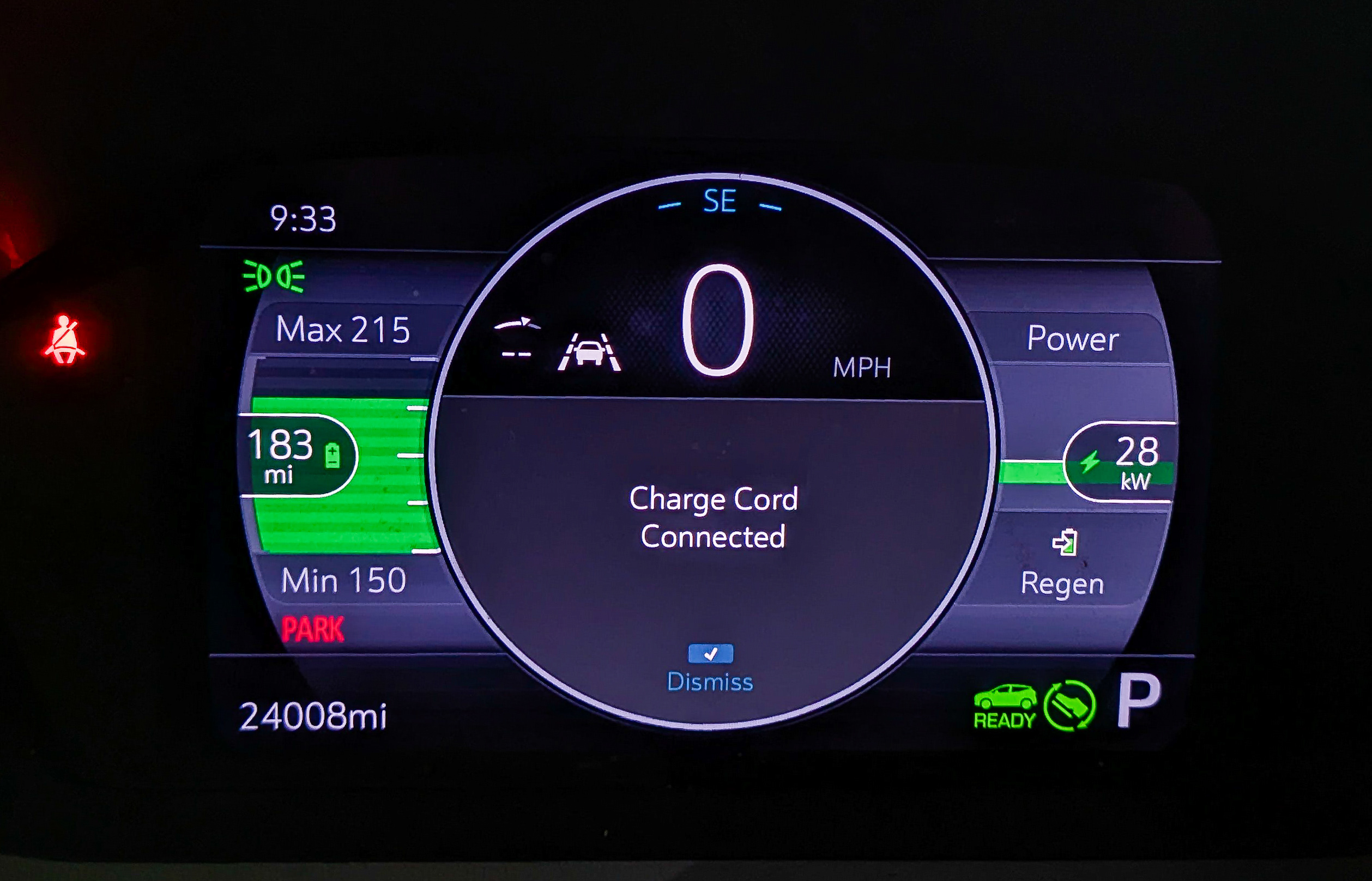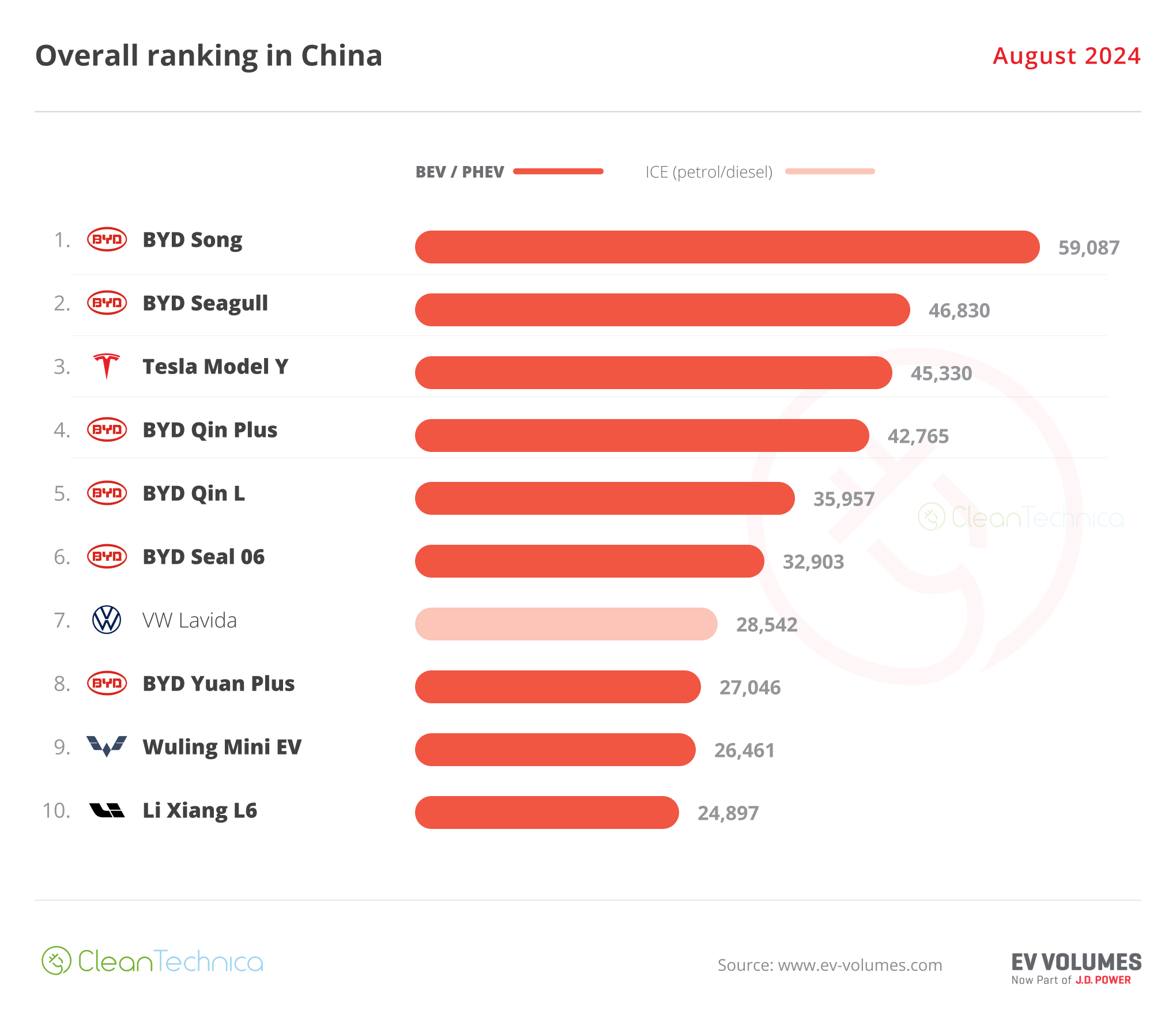Thejo Engineering remains at the forefront of wear management trends.
Australian mining operations face growing pressure to increase uptime and reduce total cost of ownership, particularly in abrasive wear environments.
Effective wear management requires more than just selecting the hardest materials; it involves engineering solutions around real-world operating conditions.
Thejo Engineering examines how wear protection strategies are evolving across grinding, material transfer, slurry transport and cyclone applications to meet these demands with greater predictability and safety.
THOR mill solutions
Thejo’s THOR range includes rubber-based liners designed for mill shells, heads and discharge zones. These liners, built from blends of synthetic and natural rubber, are tailored for use in SAG (semi-autogenous grinding) and ball mills.
THOR linings are formulated to reduce impact stress on mill shells while maintaining efficient charge motion.
Select THOR systems now also include wear-monitoring sensors, allowing maintenance teams to track liner condition remotely and plan shutdowns based on real-time data, improving mill availability and reducing unnecessary liner changes.
These sensor-based systems also enable remote monitoring, which is particularly valuable in hazardous or inaccessible zones within a plant.
By reducing the need for manual inspections, THOR systems improve worker safety while ensuring timely, data-driven maintenance decisions. The sensor output integrates with plant maintenance dashboards, enhancing predictability and asset visibility.
Smart rubber indicators
The RHINO-R range of rubber wear panels includes built-in wear indicators, which are integrated into the rubber and coloured to reveal remaining liner life.
Once the wear surface reaches a coloured layer, crews are alerted to schedule change-outs before a failure occurs. This visual cue system is especially useful in low-visibility or confined installations, supporting preventive maintenance without requiring continuous inspection.
These smart liners are being used in ROM (run-of-mine) bin liners and discharge chutes across several operations in Western Australia, where irregular ore feed and abrasive fines can cause uneven wear patterns, as well as in engineered chutes designed with hoods and spoons to regulate material flow.
Thejo also engineers mill feed spouts and feed carts with innovative configurations aimed at reducing abrasion from ore and controlling impact forces from grinding media.
Rubber hoses in slurry transport
Handling abrasive slurry requires not only robust pumps and pipework but also flexible connections that can absorb pulsations and misalignment. Thejo manufactures heavy-duty rubber hoses for slurry transport applications, engineered to withstand high internal pressures and abrasive flow conditions.
Where additional wear protection is required, ceramic-embedded rubber hoses are deployed. These incorporate ceramic tiles into the inner wear layer to extend service life in bends or high-velocity discharge zones.
These hoses are custom fabricated for each plant layout and are widely used in concentrators, tailings systems, and underflow lines.
Ceramic when it counts
CERALINE – a flexible ceramic wear lining system that incorporates thin ceramic tiles bonded to an elastomeric backing – is also part of Thejo’s ceramic offering.
Designed for moderate impact and high-flow zones, CERALINE can conform to curved or irregular surfaces and is often used in hoppers, chutes and other medium-duty applications. Its reduced tile thickness enables some flex under dynamic loads, while still offering reliable abrasion resistance.
Thejo’s RHINOCER brand – comprising variants like RHINOCER-H, RHINOCER-HD, RHINOCER-R and RHINOCER-PA – focuses on the strategic use of ceramic in locations where hardness and impact resistance outweigh flexibility.
These include primary crusher discharge chutes, impact pads beneath screens, and rail load-out hoppers.
Modular ceramic blocks such as RHINOCER-HD, anchored into steel backing, are typically used in high-impact areas like crusher discharge chutes or under screen decks.
These installations aim to reduce change-out frequency and improve operator safety by limiting exposure during shutdown maintenance.
For less severe operating conditions, RHINOCER-PA plain anchoring tiles provide coverage without unnecessary weight or cost. The PA tile has a special structure that strongly bonds the tiles to the rubber.
No wear solution operates in a vacuum.
At its best, wear engineering works alongside plant maintenance routines, installation constraints, and even procurement logistics.
Thejo’s teams conduct site audits before proposing materials, mapping flow conditions, creating liner wear profiles, and providing feedback from past shutdowns.
The goal isn’t just lifespan, but predictability and repeatability.
Beyond the liner
Cyclone systems are among the most abrasive components in mineral processing, with internal surfaces subject to continuous high-velocity slurry flows.
Thejo contributes to the long-term reliability of these systems through precision-fabricated drop-in liners made from proprietary rubber compounds.
These linings are used extensively across iron ore and coal operations in Australia, where they offer enhanced wear performance compared to standard original equipment manufacturer (OEM) options.
Tailored to OEM geometries and engineered for easy installation, these liners are designed to resist pulsation, delamination, and premature failure.
Components such as apex cones and barrels benefit from superior bonding and material resilience, which improves service life and reduces change-out frequency.
Thejo’s contribution to wear performance lies in the ability to fabricate and supply high-performance liners with superior bonding and proprietary materials.
These capabilities reflect the company’s broader strategy of delivering fit-for-purpose solutions across complex plant environments.
As wear protection continues to evolve, it’s no longer just about resisting abrasion, but more about optimising the flow, minimising downtime, and promoting sustainability.
Rubber materials like WARDOG don’t just wear well; they dampen sound, reduce vibration fatigue and, in many cases, lower carbon emissions compared to energy-intensive ceramic processing.
Thejo continues to refine its compounds and bonding systems to ensure longer life with less environmental cost.
As Australian mining operations look to extend maintenance intervals and maximise output without compromising safety or budget, wear solutions must keep pace – not by offering generic products, but by engineering solutions that align with environment, social and governance (ESG) goals, extend asset life, and support the shift towards smarter, more sustainable mining.
This feature appeared in the September edition of Australian Mining.




